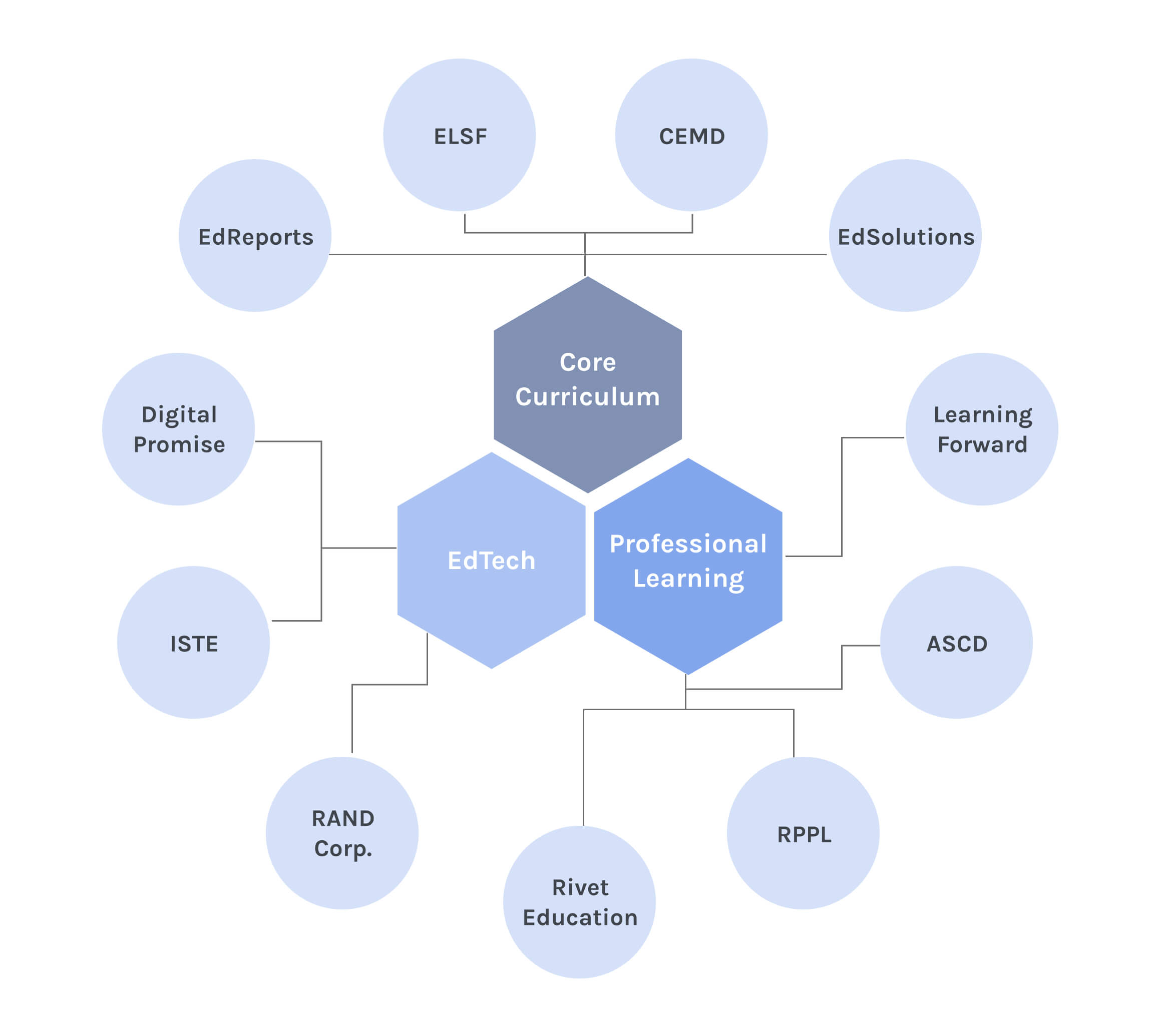We designed this comprehensive resource to help evidence creators and curators like you establish strategic partnerships that will lead to greater success. This includes enhancing your reach, visibility, and impact in the education market. Many evidence creators and curators spend time looking to understand their users. However, it is just as important to understand the supply side, including other evidence creators and curators as well as the other actors in the core curriculum, EdTech, and professional learning ecosystems.
This tool will help you think through who to partner with and how to meaningfully engage in that partnership. You can use this tool first (before any tools in this toolkit) or whenever your partnerships are not serving you the way that you wish them to.


